Surge in Battery Production
The Lithium Hydroxide Market is experiencing a notable surge in battery production, primarily driven by the increasing demand for electric vehicles and renewable energy storage solutions. As manufacturers ramp up production to meet the growing needs of electric vehicle batteries, the demand for lithium hydroxide, a critical component in lithium-ion batteries, is expected to rise significantly. Reports indicate that the battery production capacity is projected to reach over 2,000 GWh by 2030, which could lead to a corresponding increase in lithium hydroxide consumption. This trend suggests that the Lithium Hydroxide Market is poised for substantial growth as it aligns with the broader shift towards sustainable energy solutions.
Strategic Investments in Lithium Mining
Strategic investments in lithium mining are crucial for the Lithium Hydroxide Market, as they ensure a stable supply of raw materials. With the increasing demand for lithium hydroxide, mining companies are expanding their operations and exploring new deposits. Recent investments in lithium extraction technologies, such as direct lithium extraction, are expected to enhance production efficiency and reduce environmental impact. Analysts estimate that the lithium supply chain will need to double by 2030 to meet the anticipated demand from battery manufacturers. This scenario highlights the importance of strategic investments in the Lithium Hydroxide Market to secure a sustainable supply of lithium resources.
Expansion of Renewable Energy Initiatives
The Lithium Hydroxide Market is likely to benefit from the expansion of renewable energy initiatives worldwide. Governments and organizations are increasingly investing in renewable energy sources, such as solar and wind, which require efficient energy storage systems. Lithium-ion batteries, utilizing lithium hydroxide, are favored for their high energy density and efficiency. As the renewable energy sector continues to grow, the demand for lithium hydroxide is expected to increase, potentially leading to a market growth rate of over 15% annually. This expansion indicates a promising future for the Lithium Hydroxide Market as it supports the transition to cleaner energy alternatives.
Technological Innovations in Battery Chemistry
Technological innovations in battery chemistry are playing a pivotal role in shaping the Lithium Hydroxide Market. Advances in lithium-ion battery technology, including the development of high-nickel cathodes, are enhancing the performance and longevity of batteries. These innovations are likely to increase the demand for lithium hydroxide, as it is essential for producing high-performance batteries. The market for lithium-ion batteries is projected to grow at a compound annual growth rate of approximately 20% through 2027, which could significantly impact the lithium hydroxide demand. This trend underscores the importance of ongoing research and development within the Lithium Hydroxide Market.
Growing Adoption of Electric Mobility Solutions
The growing adoption of electric mobility solutions is a key driver for the Lithium Hydroxide Market. As urban areas seek to reduce carbon emissions and improve air quality, electric vehicles are becoming increasingly popular. This shift is expected to drive the demand for lithium-ion batteries, which rely heavily on lithium hydroxide. Market analysts predict that the electric vehicle market will reach over 30 million units sold annually by 2030, further amplifying the need for lithium hydroxide. This trend indicates a robust growth trajectory for the Lithium Hydroxide Market as it aligns with the global push towards sustainable transportation.
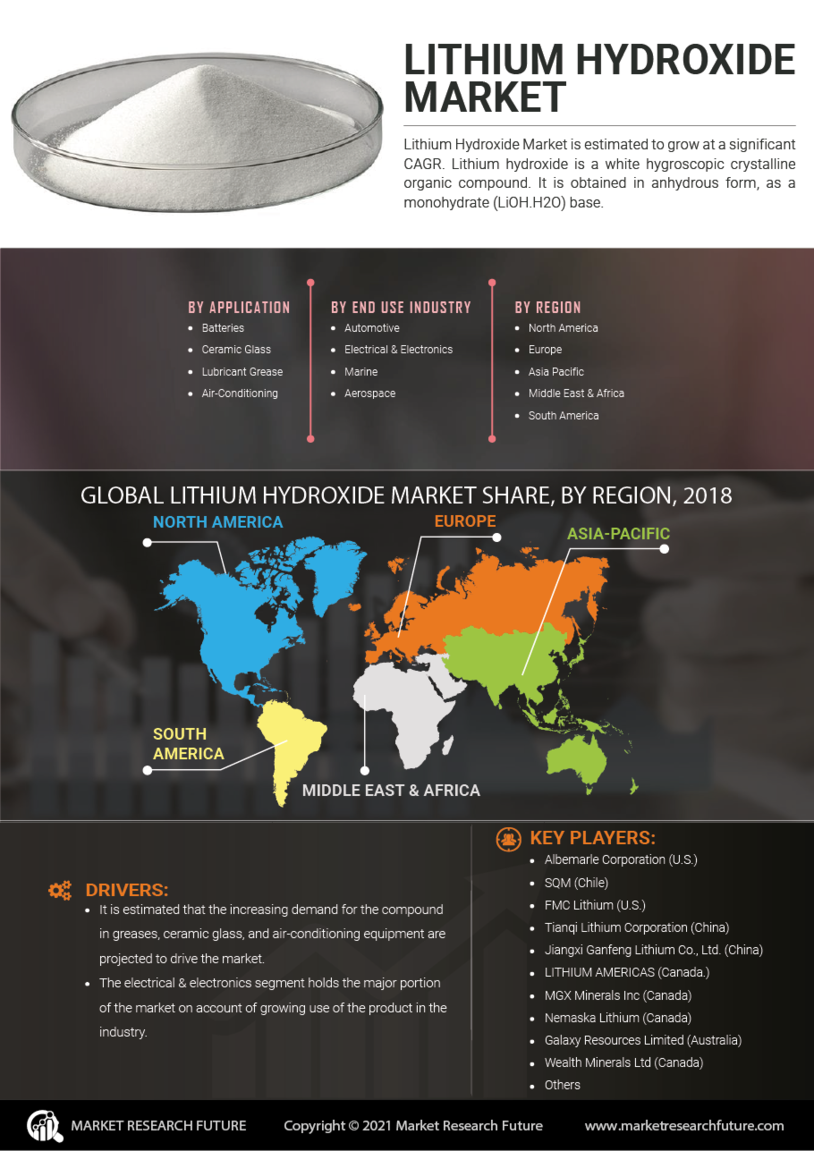

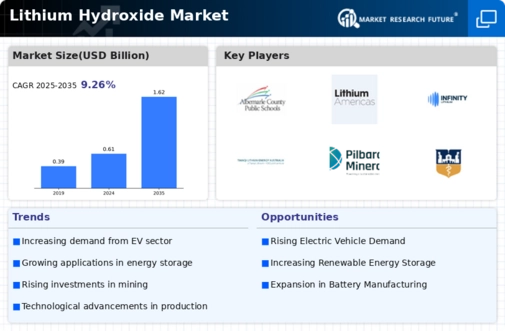

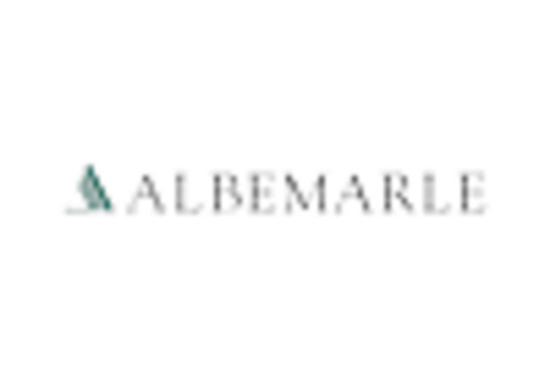
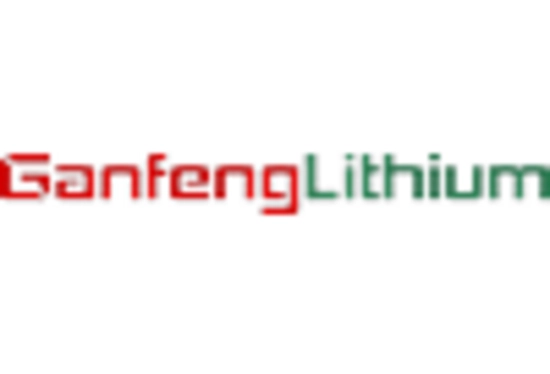
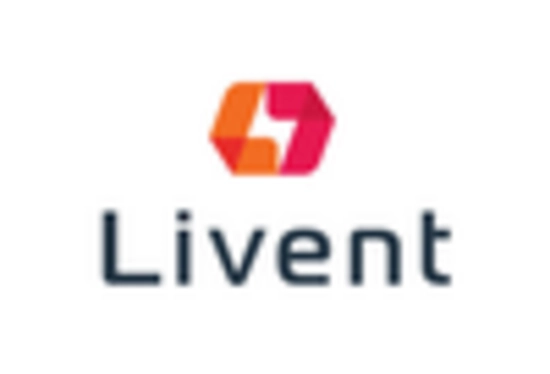
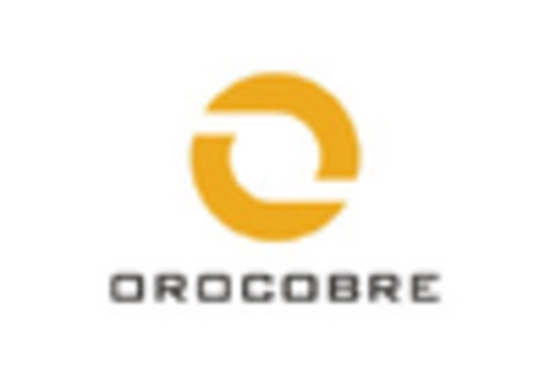

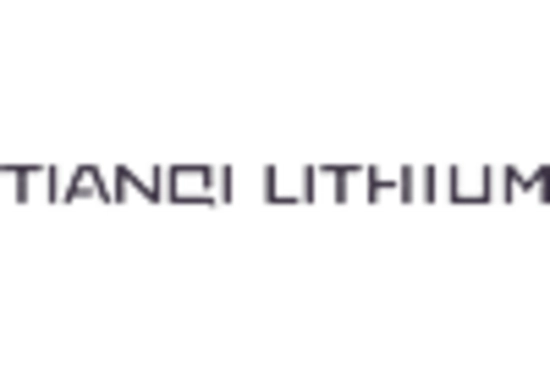








Leave a Comment